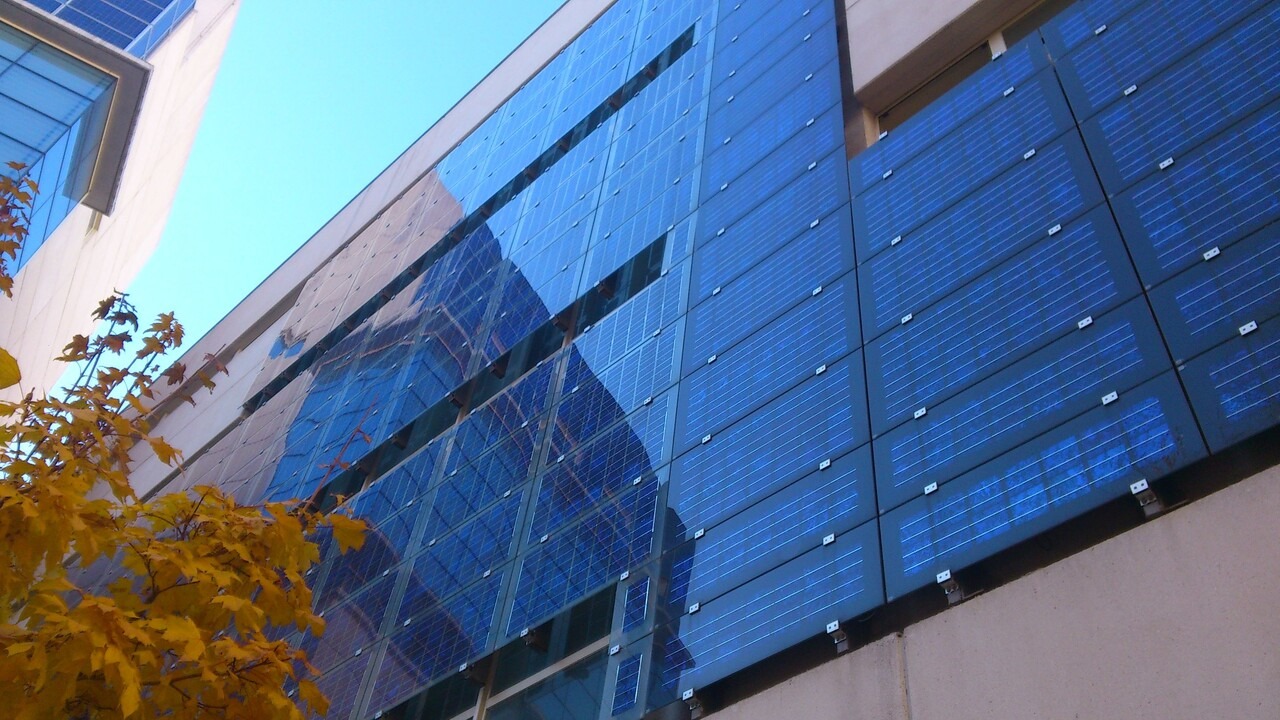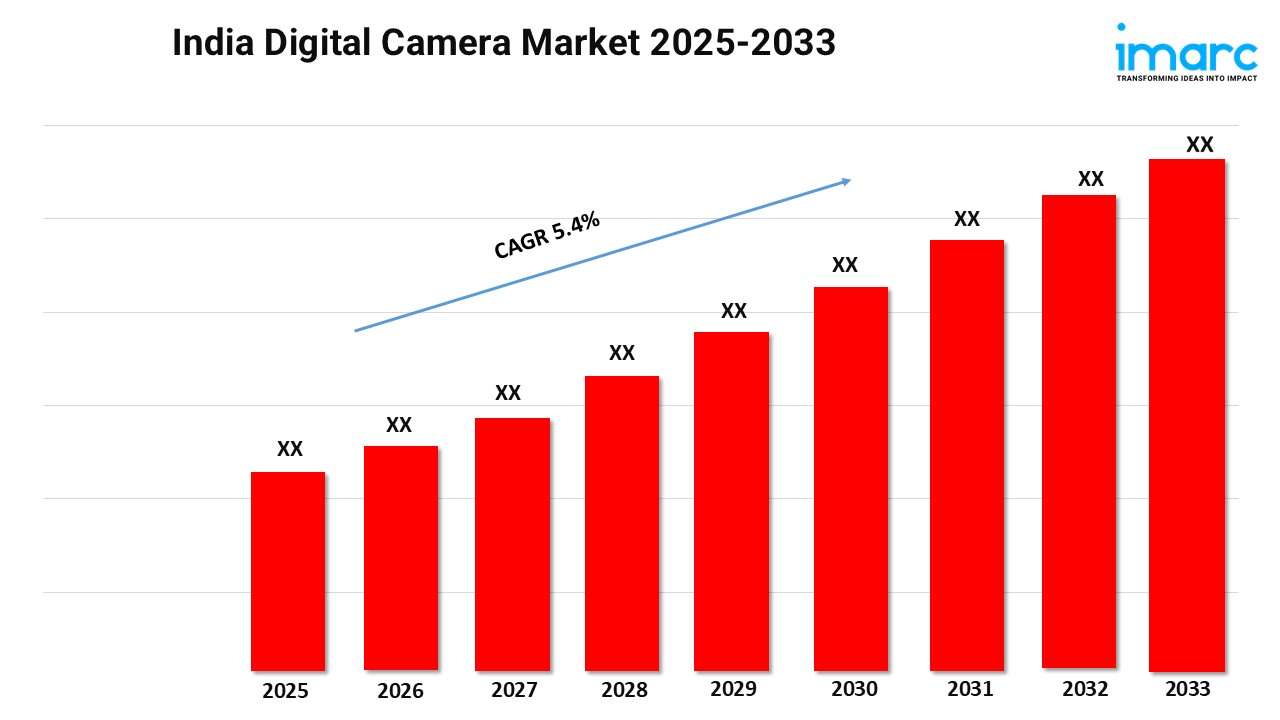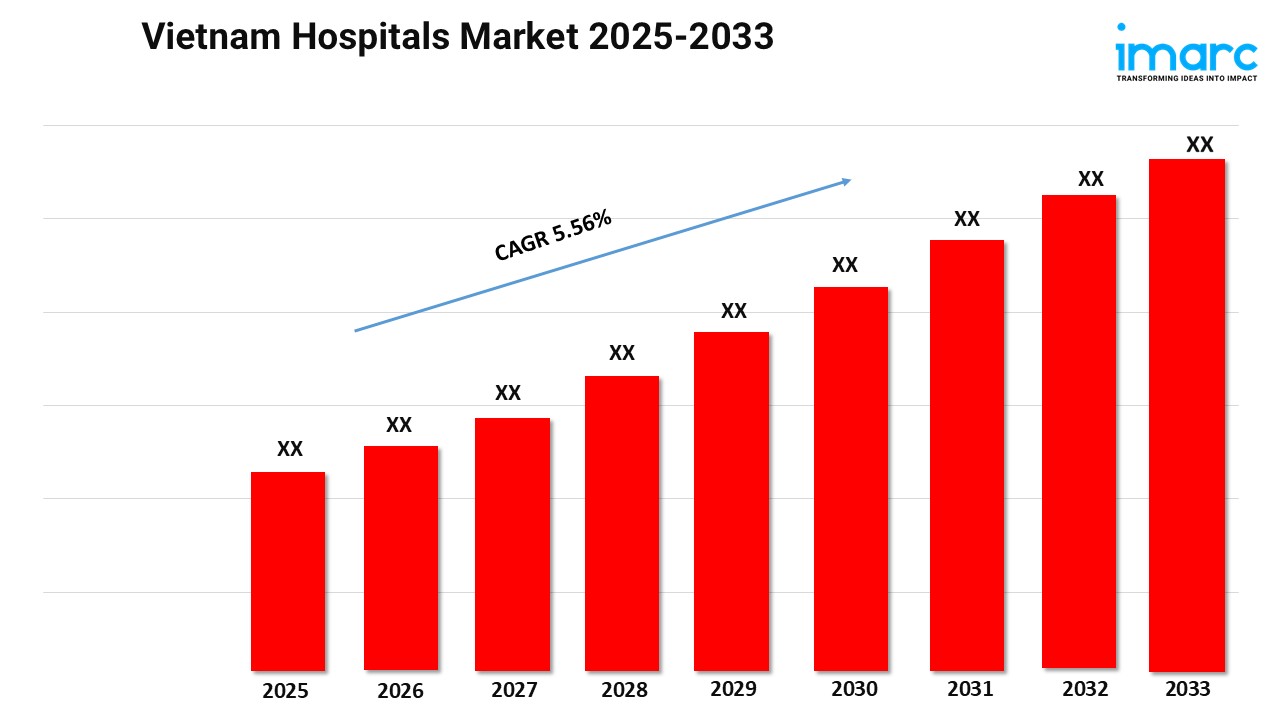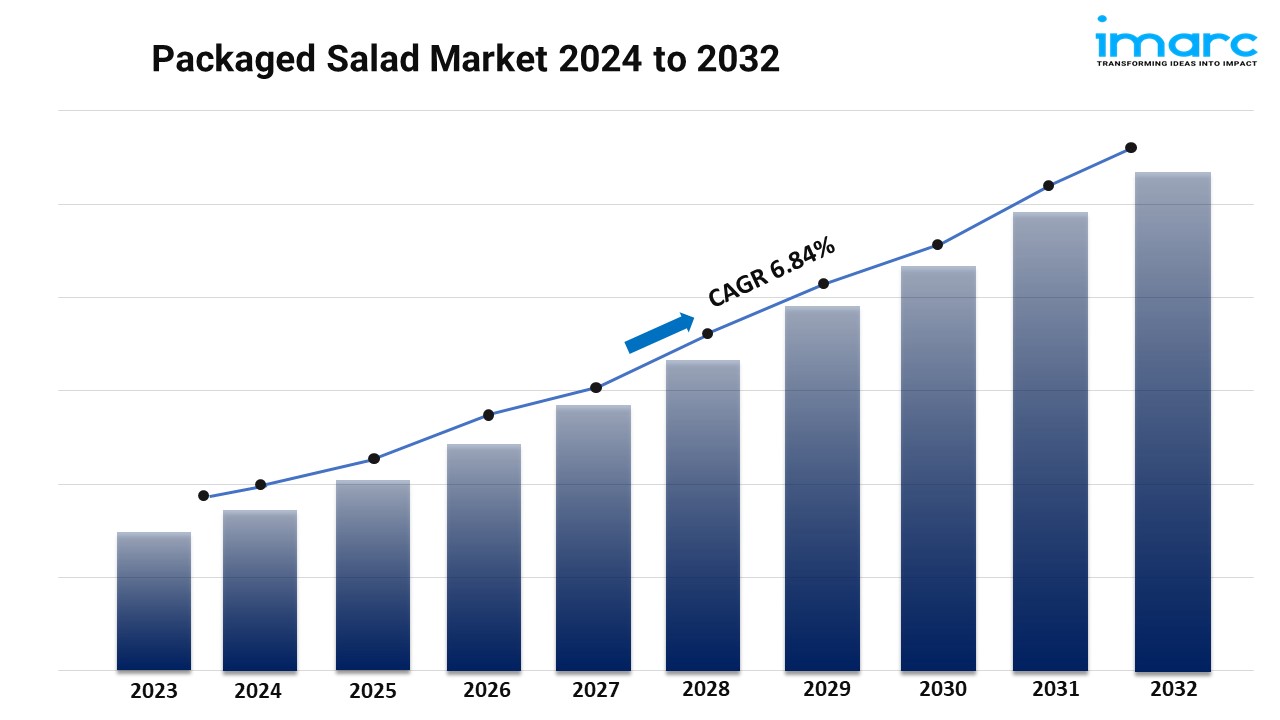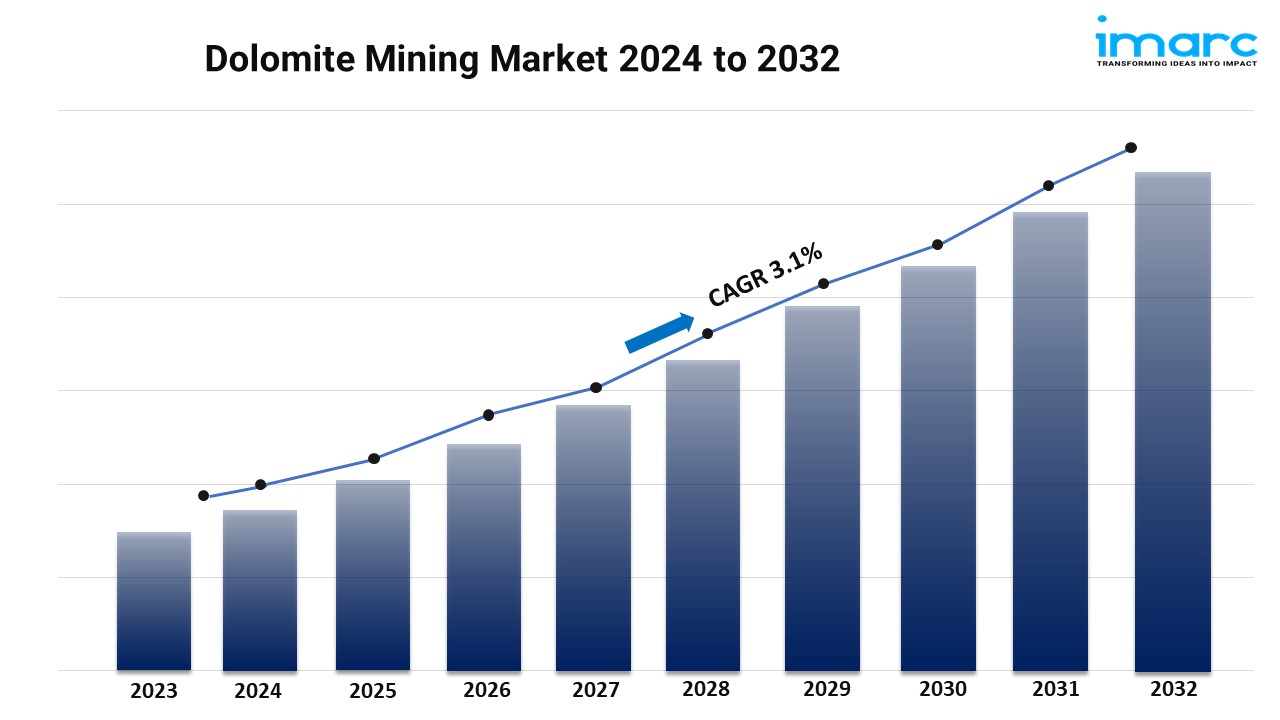Market Overview:
The building integrated photovoltaics market is experiencing rapid growth, driven by sustainable construction demand, technological advancements, and smart city integration. According to IMARC Group's latest research publication, "Building Integrated Photovoltaics Market Size, Share, Trends and Forecast by Product Type, Application, End Use, and Region, 2025-2033", The global building integrated photovoltaics market size reached USD 26.89 Billion in 2024. Looking forward, IMARC Group expects the market to reach USD 116.17 Billion by 2033, exhibiting a growth rate (CAGR) of 15.76% during 2025-2033.
This detailed analysis primarily encompasses industry size, business trends, market share, key growth factors, and regional forecasts. The report offers a comprehensive overview and integrates research findings, market assessments, and data from different sources. It also includes pivotal market dynamics like drivers and challenges, while also highlighting growth opportunities, financial insights, technological improvements, emerging trends, and innovations. Besides this, the report provides regional market evaluation, along with a competitive landscape analysis.
Grab a sample PDF of this report: https://www.imarcgroup.com/building-integrated-photovoltaics-market/requestsample
Our report includes:
Market Dynamics
Market Trends And Market Outlook
Competitive Analysis
Industry Segmentation
Strategic Recommendations
Growth Factors in the Building Integrated Photovoltaics Market:
Sustainable Construction Demand
Growing environmental consciousness spurs demand for Building Integrated Photovoltaics (BIPV), as builders search for eco-friendly solutions. BIPV integrates solar technologies into roofs and facades, reducing carbon footprints and even improving aesthetics. Green certifications, such as LEED, support the uptake of environmentally-friendly solutions, attracting eco-minded developers and homeowners. Globally, governments offer incentives aimed at supporting residential and commercial developments, all of which align with urban sustainability goals. BIPV can help transform buildings into energy-efficient powerhouses of energy in modern sustainable construction.
